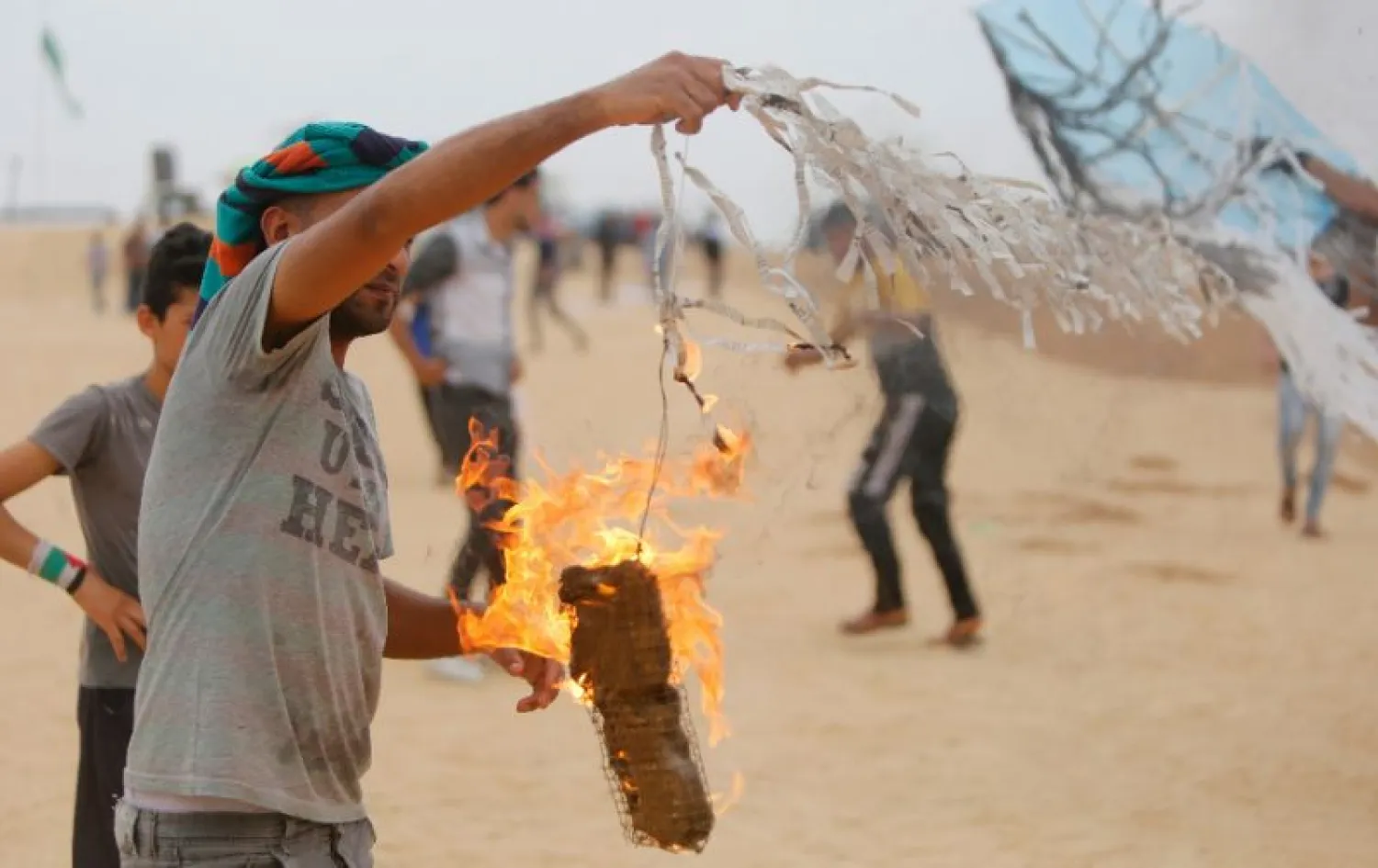As Israeli military and political officials are increasingly threatening to launch a new military operation against the Gaza Strip, Israeli tanks were seen moving from the central and southern bases to the vicinity of the coastal enclave, accompanied by trucks carrying dozens of batteries for the “Iron Dome” anti-missile defense system.
Military sources in Tel Aviv said the military move was intended to demonstrate to Hamas and “Islamic Jihad” leaders how serious the threats were, and that they had a last chance “to stop the firing of incendiary kites and explosive balloons.”
Although political sources have confirmed that Arab and international efforts were currently focused on preventing the deterioration of the situation into a war, Israeli political leaders continue to threaten Hamas and other factions.
Israeli Internal Security Minister Gilad Erdan revealed on Thursday the possibility to launch a major military operation in Gaza in “the next few months” with the aim to deter Hamas.
He noted that a large-scale operation against Gaza in the next weeks or months was very likely and that it would be aimed to stop Palestinian factions from firing rockets on southern Israel.
The minister also called for returning to the policy of assassination of Hamas and “Islamic Jihad” officials, and “whoever launches incendiary kites.”
The Israeli foreign ministry has launched a global media campaign to reproach Hamas and the rest of the armed factions in order to gain international public support in the event of the deterioration of the situation and the eruption of war.
The Israeli army has also begun targeting kite launchers, while in the past it used to fire missiles in a way that does not kill any of them.
A military spokesman announced on Thursday that his forces bombed a site in the southern Gaza Strip near where a group of young men were preparing to launch incendiary kites.









